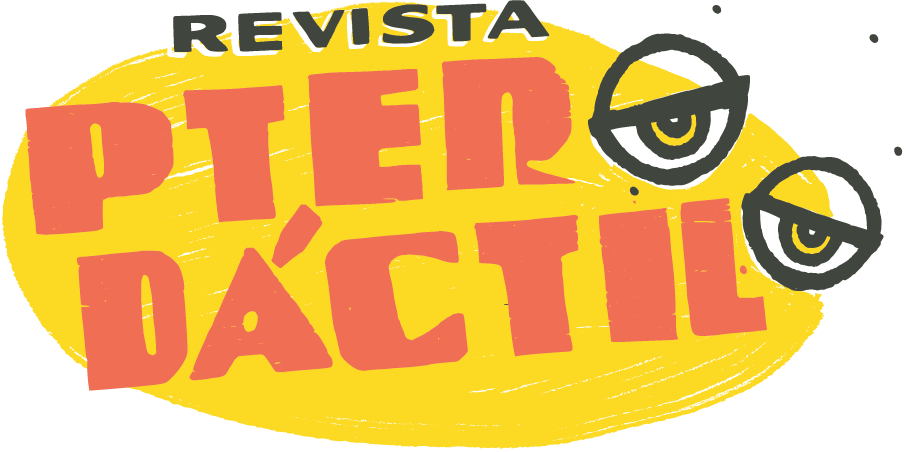A ton of research suggests that music enriches the foreign language classroom. Check out the bibliography of the short article «Learning a second language through music.» In one popular activity, known as a «cloze exercise,» students fill in blanked-out words while listening to speech or song. I’m always looking (or listening) out for songs that would make a good cloze exercise. However, there is an an element missing from the conclusions I’ve read.
As I found out a few years ago when I was teaching English as a Foreign Language, selecting the right song is more than just a technical matter of finding the targeted language elements. In fact, the choice cuts to the heart of questions of cultural representation, mediation, and translation.
Here’s one of my favorite songs:
In some respects, a cloze exercise with Vinicius de Moraes and Tom Jobim’s composition «Chega de Saudade» (here performed by João Gilberto) is perfect for the language classroom. The melody is catchy and engaging. The singing is clear, with an understated and minimally intrusive guitar accompaniment. The lyrics have plenty of great simple-present verbs in multiple conjugations (pode, posso, é, há, sai), as well as simple commands (vai, diz and of course, chega). The whole song structure runs about 90 seconds, allowing for several repetitions in a short class activity.
But, here’s where it gets tricky. How much background do we give about this beautiful song? Do we mention the socio-economic processes and erasures that went into making bossa nova the international “sound of Brazil?” As Jonathon Grasse discusses in “Conflation and conflict in Brazilian popular music: forty years between ‘filming’ bossa nova in Orfeu Negro and rap in Orfeu” (read the abstract here), hit bossa nova songs like «Chega» are fraught with deep-rooted social issues in Brazil “such as authoritarianism, the politics and sociology of race, technological advances, mass media, and modes of modernisation” (291). Who gets to sing and be heard internationally; which artists are “exported” and why? With these questions in mind, how much do we (to use the dreaded jargon) problematize the song in the classroom?
Considering the social context of cultural production shouldn’t be seen as a problem. Rather, an opportunity. Behind all cultural products are deep investments in power structures and institutions. The introductory language classroom is probably not the place for a substantial exploration of these complexities. At the same time, however, a post-activity discussion question about cultural representation could serve not only as good language practice, but also as a way to engage students “beyond the text.”

Un comentario
Nice post Jonathan! Wonderful question to pose about the social context of songs in the classroom. I often find that the main problem with this sort of exercise is the time limit, especially when trying to bring it into a wider discussion going beyond the text. However, I think learning social and cultural background is almost if not equally important as the linguistic elements while learning language.